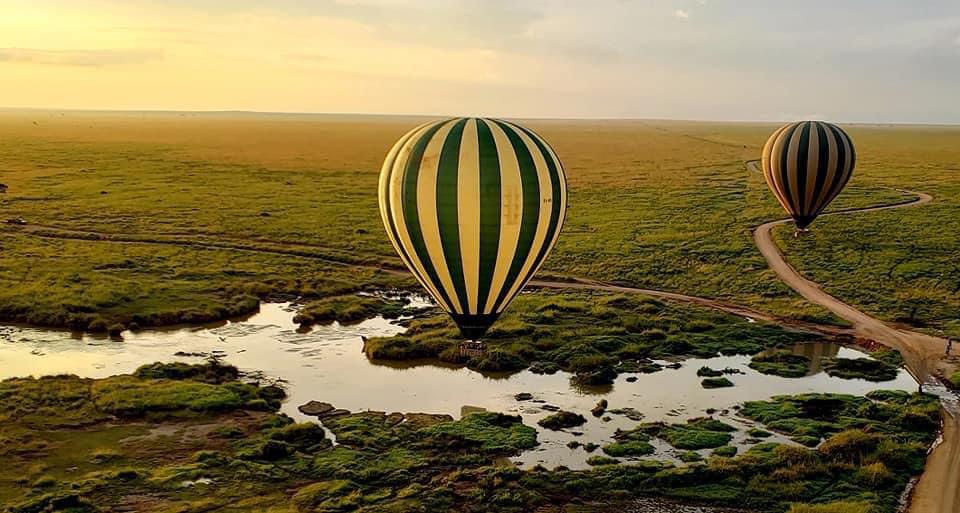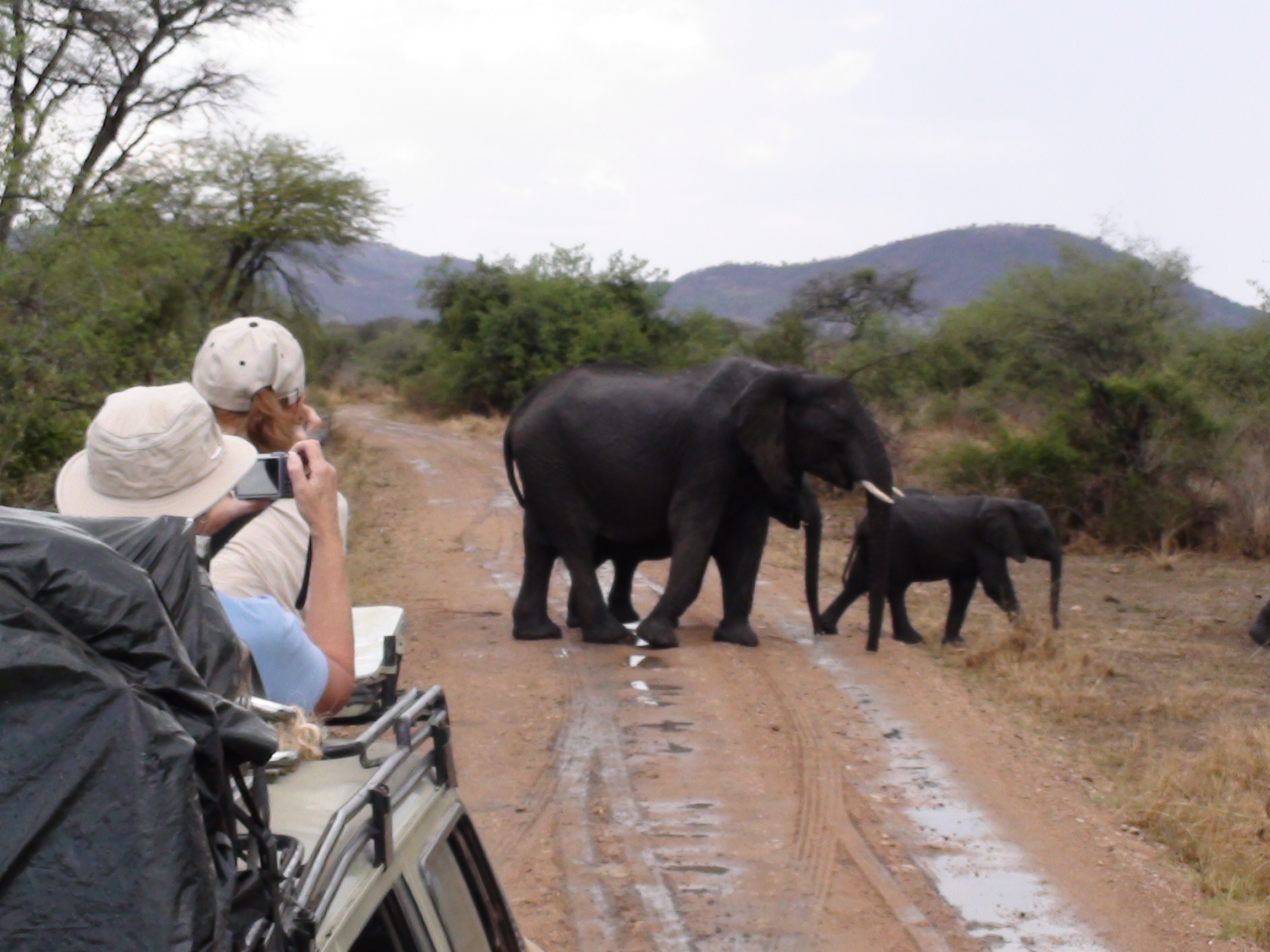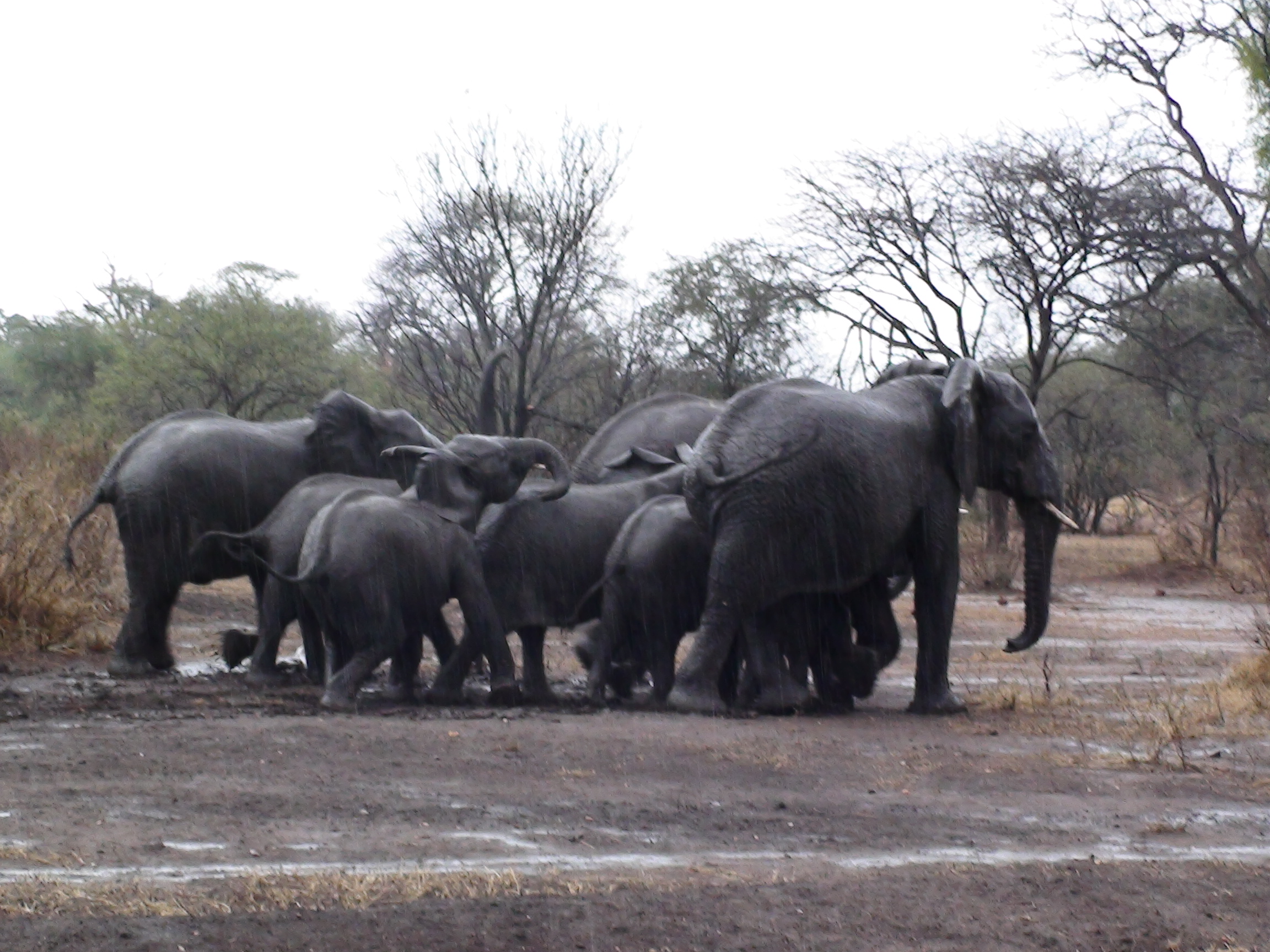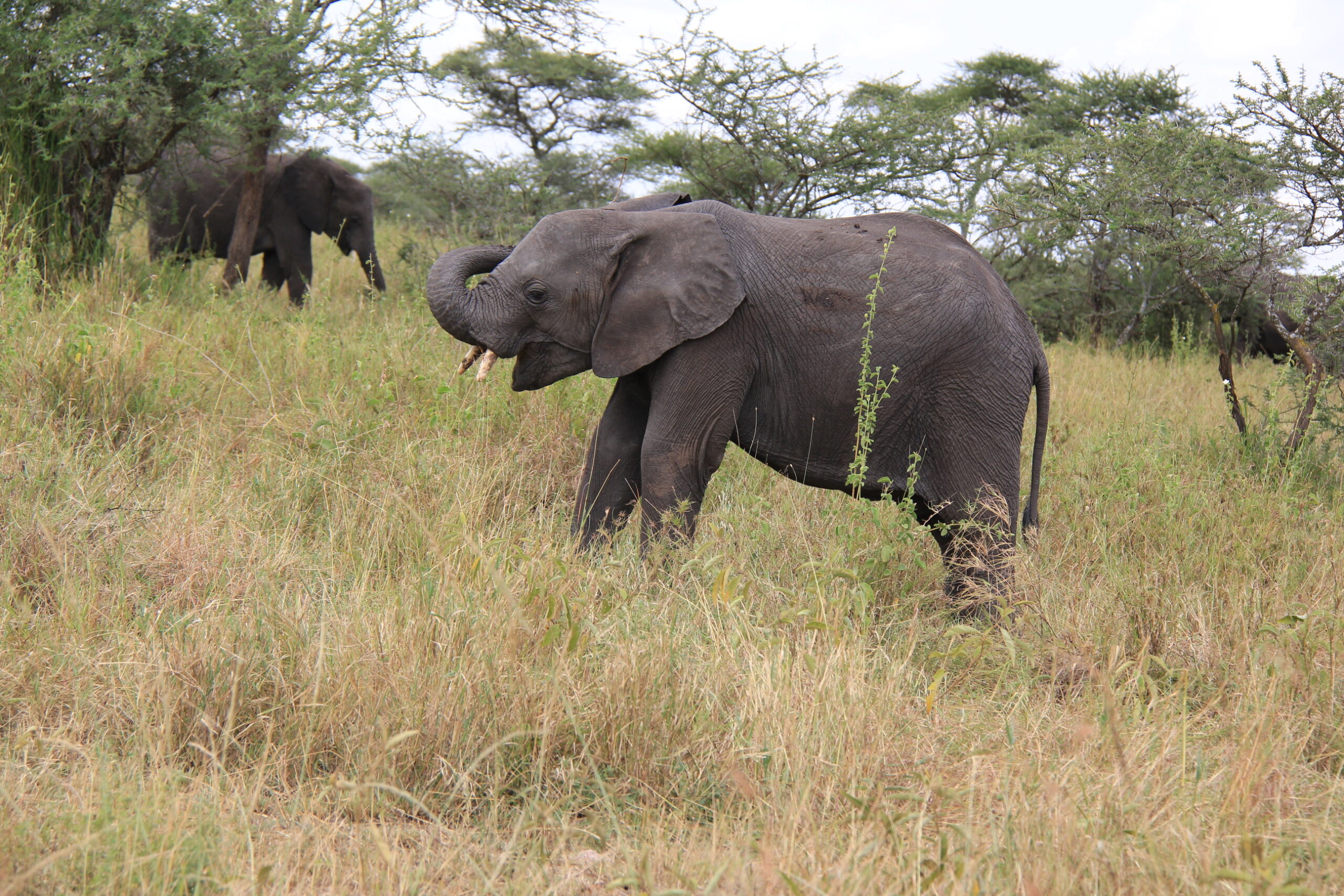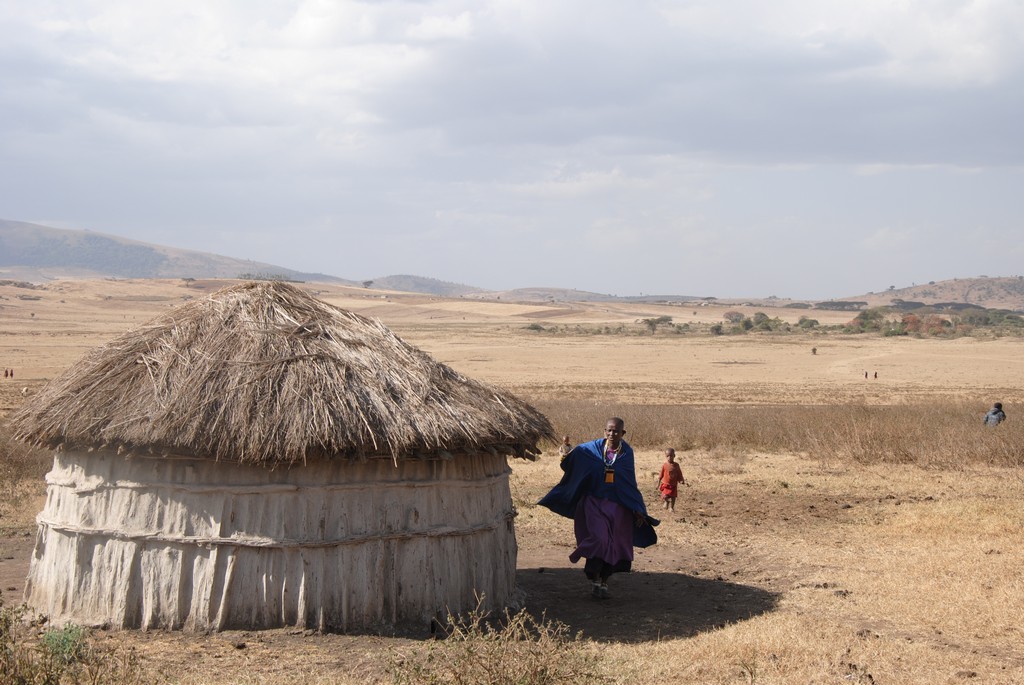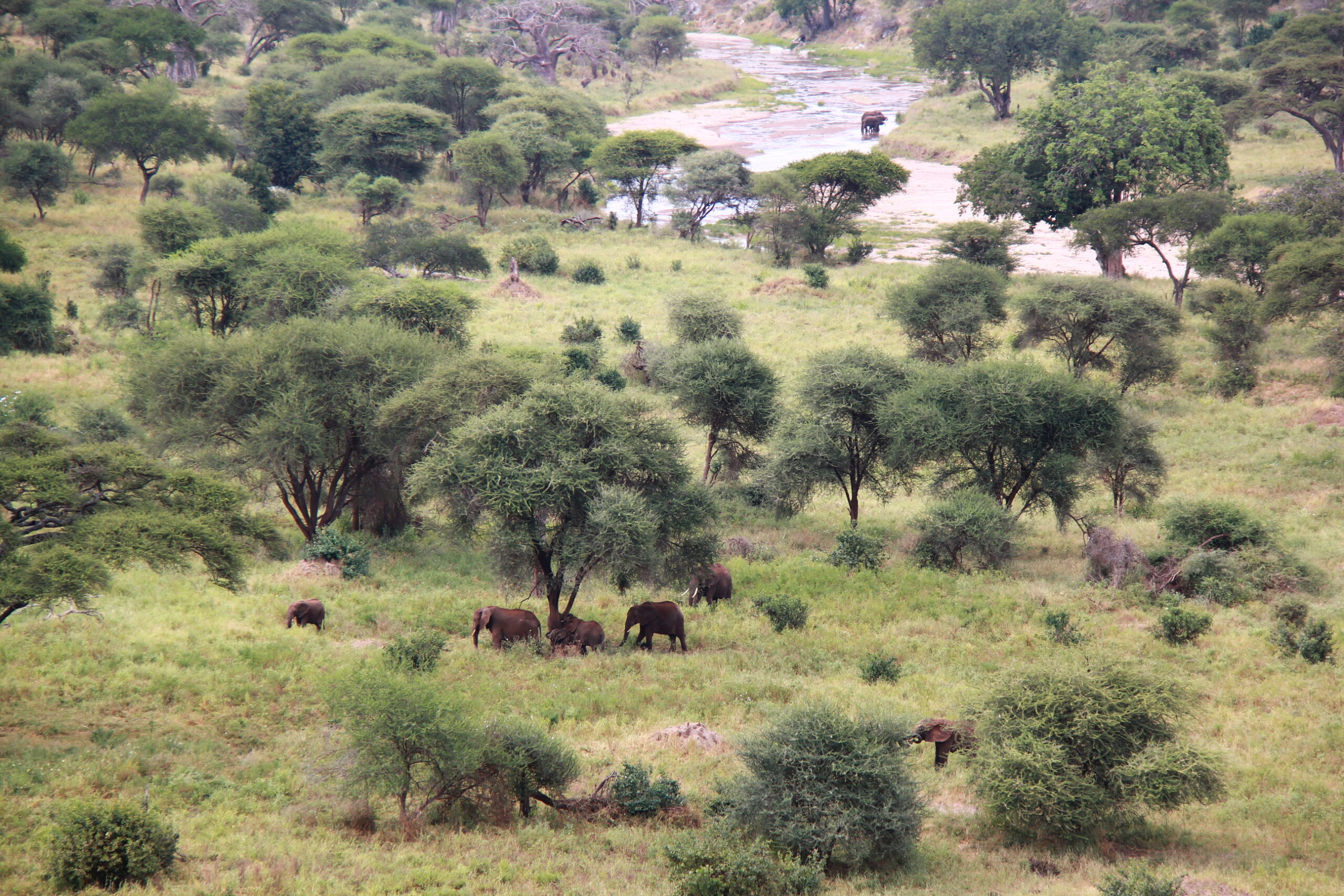Top About Serengeti Migration safaris.

very year, some 2 million animals travel through Tanzania and Kenya, driven by seasonal rain and drought in what is known as the Great Migration. About 1 million wildebeest and 200,000 zebras comprise the largest populations of the migrating herds, followed by gazelles. While the exact timing of the migration varies from one year to the next and cannot be forecast with any certainty, we’ve provided the general movement patterns of the animals throughout the year above .
Important Note: This is a general explanation of the migration route. The beginning of the Great Migration cannot be predicted, as it depends on each year’s rainy season and other variables. Vacations To Go cannot be held responsible for climactic fluctuations of any kind that cause the migration to vary from this description.
December to April: During this period the herds of wildebeest and zebra roam across the extended plains of the southern Serengeti and the northern Ngorongoro Conservation Area in Tanzania. The period during which calves are born typically lasts from late January through mid-March, with the largest number of calves born in a 14 to 21-day stretch in February. During this time, hundreds of thousands of wildebeest calves are born. Predators thrive on the abundance of young calves, and sightings of lions, cheetahs and hyenas are frequent at this time of year.
May to July: In May, the rainy season ends, the plains dry up in May and the animals start to move west and then north in search of better pastures. The scattered herds eventually congregate to form columns up to 25 miles long as they begin their journey from the south to the western and northern Serengeti. Predators — which are territorial rather than migratory creatures — hunt as the enormous herds pass through their terrain. The wildebeest mating season also occurs during this time, from late May to early June. As wildebeest and zebra navigate northward, they must traverse the Grumeti River, where hungry crocodiles await. June through July is the best time to see the migration in action in the western and northern Serengeti.
July to November: During this period, the plains of the western Serengeti dry up and vegetation is depleted so the migration must go on. Between July and mid-August, the wildebeest, zebras and gazelles depart the Serengeti and Tanzania, cross the Mara River (full of crocodiles), and enter Kenya’s Masai Mara, where verdant pastures await.
A visit to the Masai Mara National Reserve when the migration arrives in August or September can make for a remarkable experience due to the variety of species and the vast number of animals. The herds disperse across the grasslands of the Masai Mara until October or November, when the start of the short rainy season prompts them to start their trek south, back to their breeding grounds in the Serengeti and Ngorongoro Conservation Area.
Hottest About Serengeti Migration safaris..
Wildebeest Migration time table.
The wildebeest migration, like a discernible thread, embraces and connects the Serengeti’s ecosystem much as it has done for at least two millions years. Every year, with some seasonally dictated variations in timing and scale, one million wildebeest leave the southern Serengeti’s short grass plains in search of the grass and water they need to survive.
During their annual pilgrimage they will travel some 2.000 miles devouring 4.000 tonnes of grass a day. A quarter of a million will be born, many will die.
January
The migration is in the southeastern Serengeti on the short-grass plains after the short rains which have nurtured fresh grass. This month and December are the peak months for zebra birth.
February
The short-grass plains are the main feeding ground for some two million wildebeest, zebra and gazelle. Predators lurk close by, feeding on the newborn. This is the main month for wildebeest calving.
March
Beginning of the long and heavy rains. Clouds, growing in intensity, appear from the south and occasional lightning illuminates the night sky. The short-grass plains’ pastures are nearing exhaustion and the newborn can keep up with the herds.
April
Heaviest rainy month. Wildebeest are almost evenly scattered on the short-grass plains.
May
Good forage still available but water begins to be a limited factor. Now the vast herds begin to coalesce with columns containing hundreds of thousands stretched over many km as they had across the woodland zones into the Western Corridor where new food and water has been generated by the rains around Grumeti.
June
Rains come to an end and the herds leave the black-cotton-soil plains, crossing the Grumeti River where many wildebeest drown every year providing food for the crocodiles who lurk at crossing points. In a normal year they will be in Seronera/Moru kopjes area.
July
The migration now heads northwest briefly leaving the park as they enter the Grumeti Controlled Area, with a small portion of the herd heading towards the Lobo area. Visitors should note that morning temperatures have fallen sharply.
August
The migration and the ever-attendant predators trailing now cross the Ikorongo controlled Area. The various branches of the migration begin to meet up. The migration in a normal year should now be in the northern Serengeti and entering Maasai Mara. It is still cold in the mornings.
September
The migration has now entered Kenya’s Maasai Mara Game Reserve just across the northern border from the Serengeti. Temperatures begin to rise and the skies are blue by day.
October
This is the driest month in the Serengeti with the bulk of the animals briefly absent in the Maasai Mara Game Reserve where there is always plentiful water and better grazing for the plains animals at this time of year.
November
As if sensing the oncoming short rains with clouds gathering in the sky, the migration begins its trek back home to the Serengeti. Flame trees are beginning to blossom and migrant birds start to arrive.
December
The migration increases its pace as it heads towards Serengeti’s southern plains where the short rains are generating the grass. It follows the Loliondo boundary of the park and the zebra begin to give birth.
Our Happy Clients!
Our Tanzania trip was fabulous. Spotting the Tree-climbing lions and Black Rhino was unforgettable. Thanks for fulfilling our dreams. We’ll be back soon!
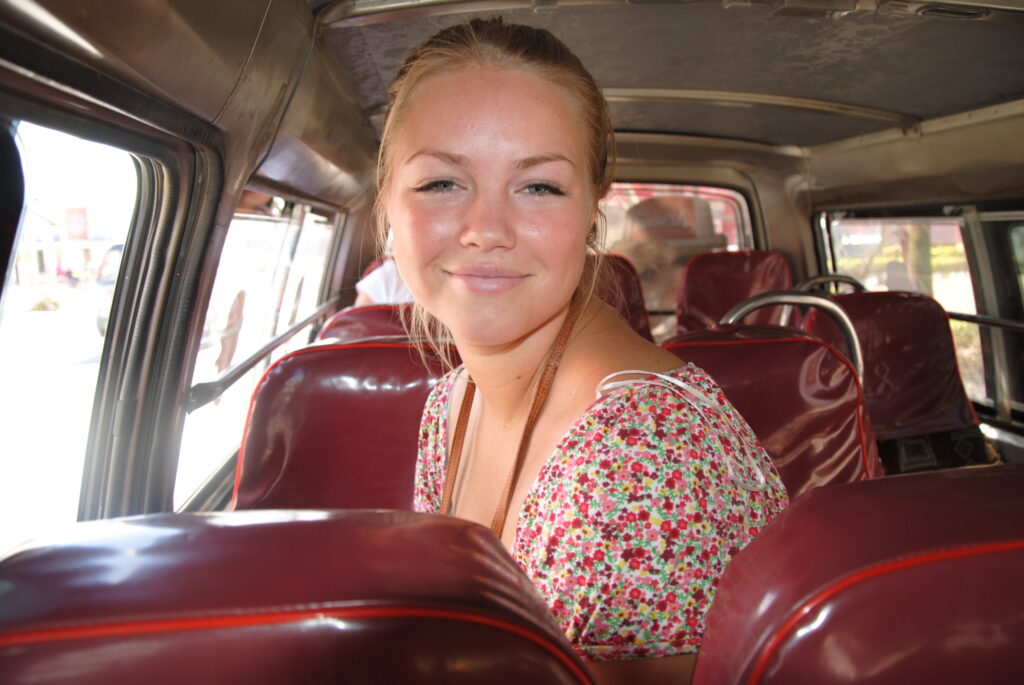
Clara Smith
Thank you, Maasai Land Wonders Team, for your exceptional care during my 3 Months Volunteering program. A thousand thanks for an unforgettable experience.
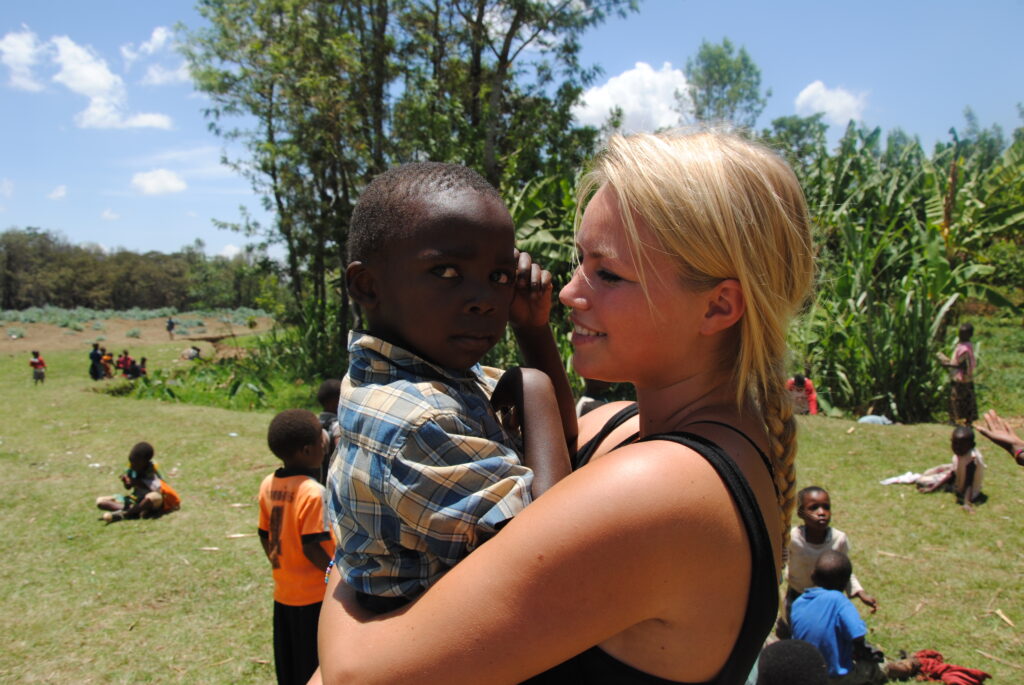
Shelly Barns
Thank you, Edwin and your team, for an amazing 7-day trip. Your personal care and dedication made it unforgettable. 1000 thanks!
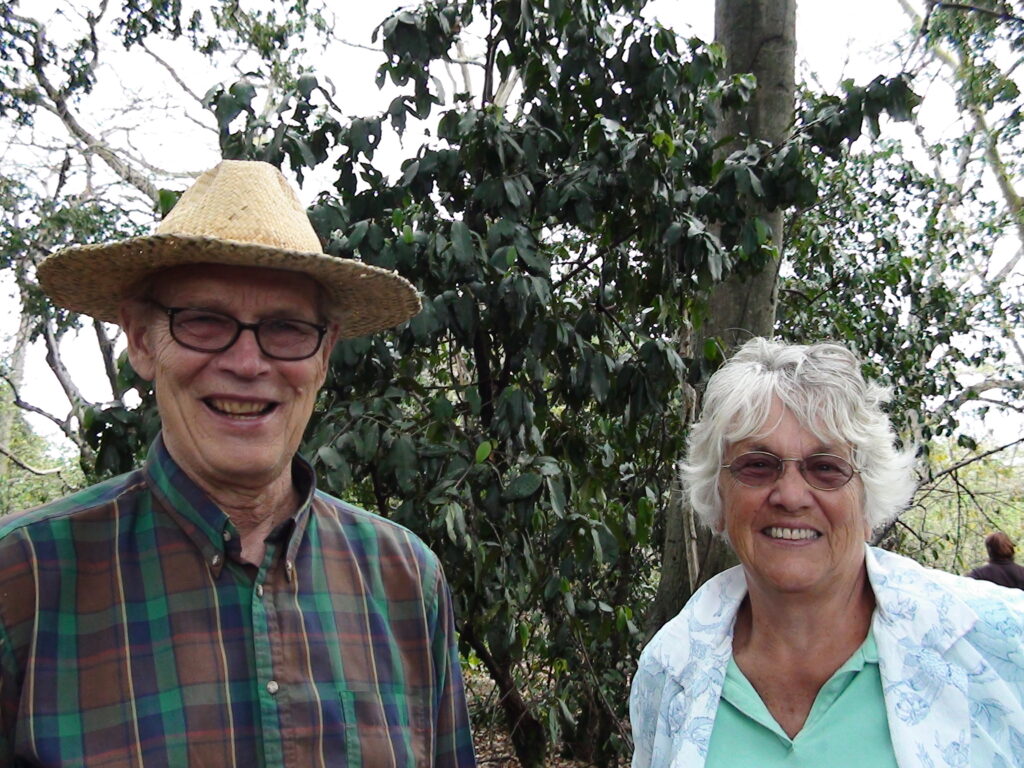
Jacob Luke
Contact us, We're at your Service.
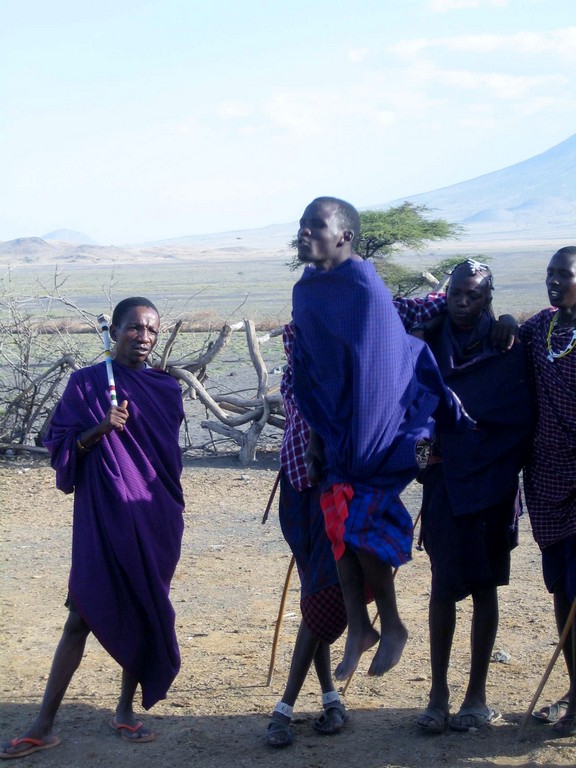
Frequently Asked Questions.
The best time to go on a Tanzania safari depends on what you want to see and do. The dry season (June to October) is the best time for game viewing, while the wet season (November to May) is better for birdwatching and seeing newborn animals. However, the peak tourist season is from June to September, so prices may be higher and parks more crowded.
The cost of a Tanzania safari depends on various factors, such as the length of the trip, the level of accommodation, and the activities included. A budget safari can cost around $100-$200 per day, while a luxury safari can cost upwards of $1000 per day.
Tanzania is home to a diverse range of wildlife, including the Big Five (lion, leopard, elephant, buffalo, and rhinoceros), as well as cheetahs, hyenas, giraffes, zebras, wildebeest, and many more. You can also see a variety of bird species, including flamingos, eagles, and vultures.
You should pack comfortable, breathable clothing that is suitable for the weather conditions. Neutral colors like beige, brown, and khaki are recommended, as they blend in with the natural surroundings. You should also bring a hat, sunglasses, sunscreen, insect repellent, and a good pair of binoculars.
Tanzania is generally considered a safe country to visit, and most safari operators take safety precautions to ensure a secure and enjoyable experience. However, it is always important to be aware of your surroundings and take precautions to avoid theft and pickpocketing.
Yes, most visitors to Tanzania will need a visa. You can obtain a tourist visa upon arrival at the airport or border crossing, or you can apply in advance through the Tanzanian embassy or consulate in your home country.
There is a range of accommodation options available on a Tanzania safari, from budget camping to luxury lodges and tented camps. Most safari operators offer a variety of accommodation options to suit different budgets and preferences.
Yes, children are welcome on most Tanzania safaris, but it’s important to check with your safari operator to ensure that the itinerary and accommodations are suitable for children. Some lodges and camps may have age restrictions or require special arrangements for children.
The food on a Tanzania safari is typically fresh and delicious, with a mix of local and international cuisine. Most lodges and camps have a restaurant or dining area where guests can enjoy meals, and some operators offer bush meals and picnics as well.
Tanzania offers a range of safari activities, including game drives, walking safaris, hot air balloon rides, birdwatching, and cultural tours. Some parks and reserves also offer specialized activities like chimpanzee trekking and horseback riding. Your safari operator can help you choose the activities that best suit your interests and preferences.
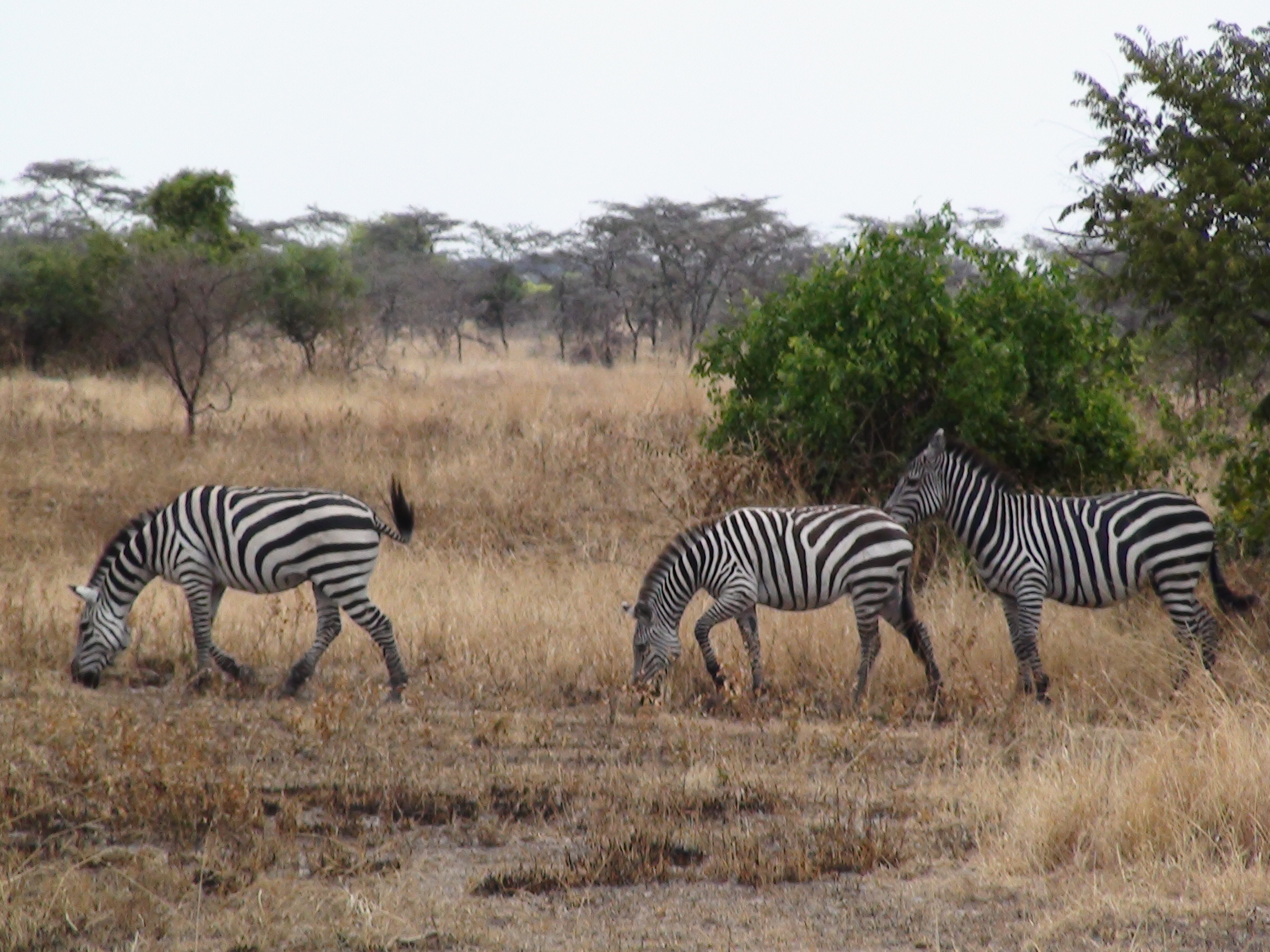
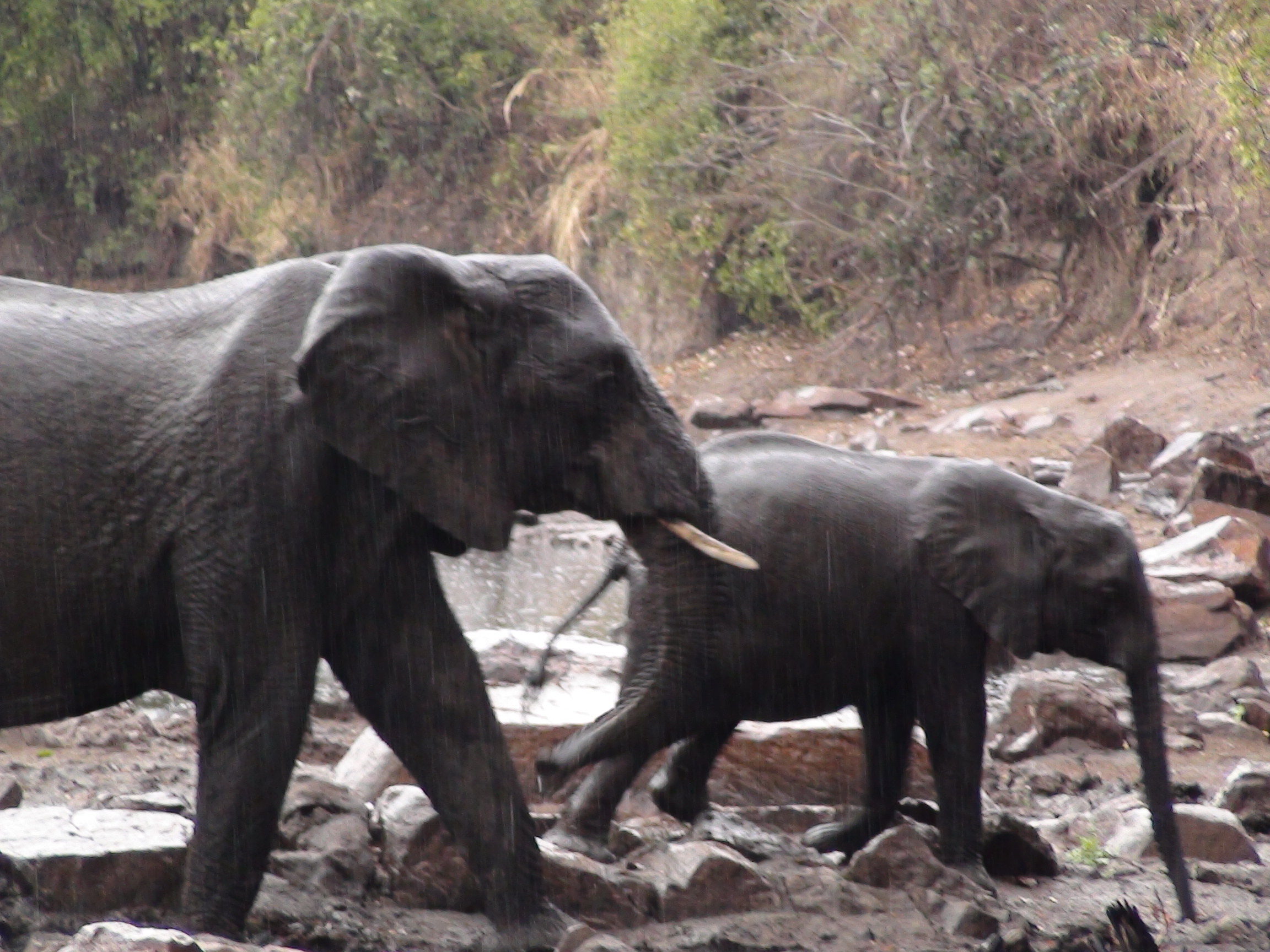
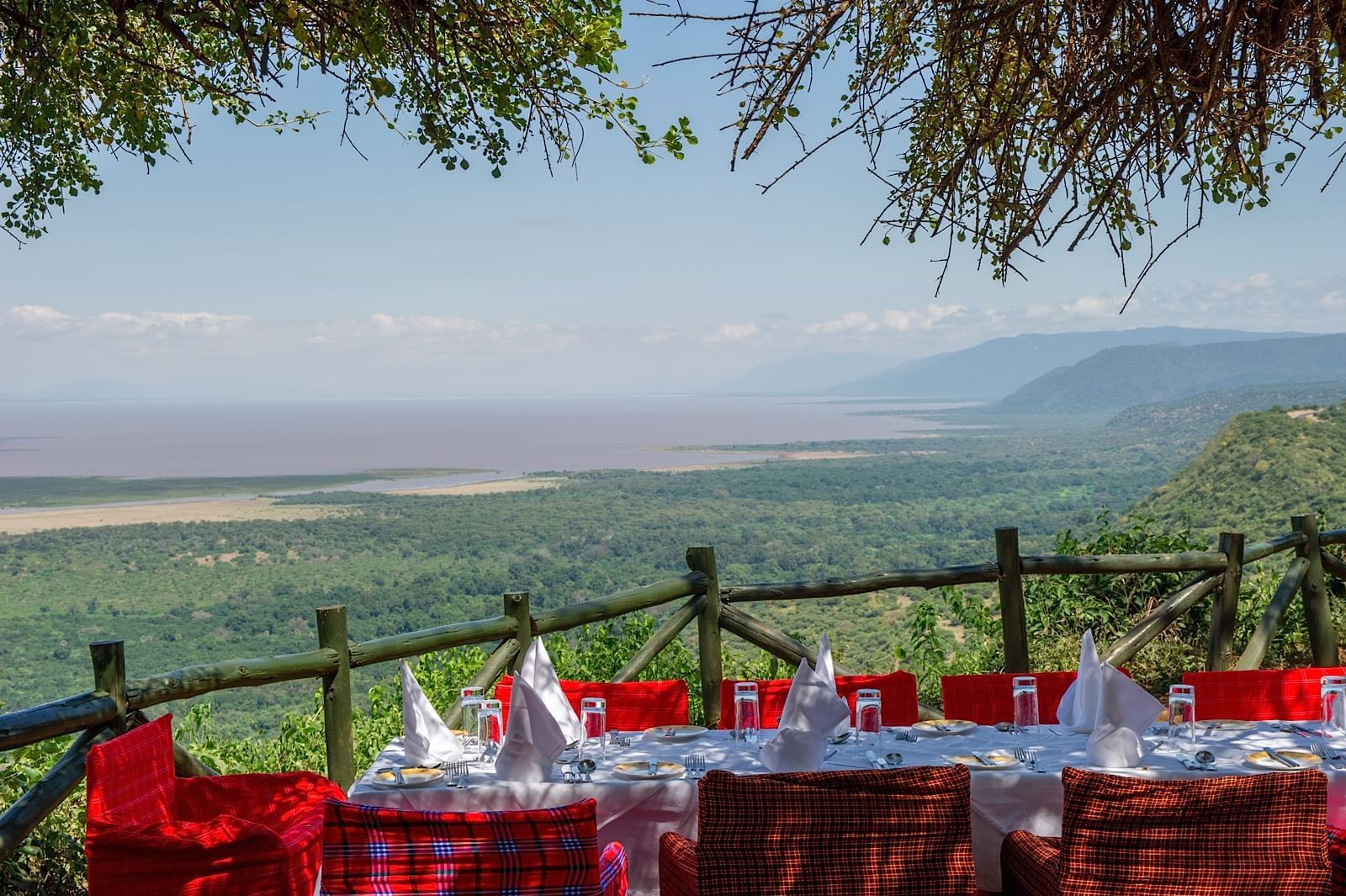
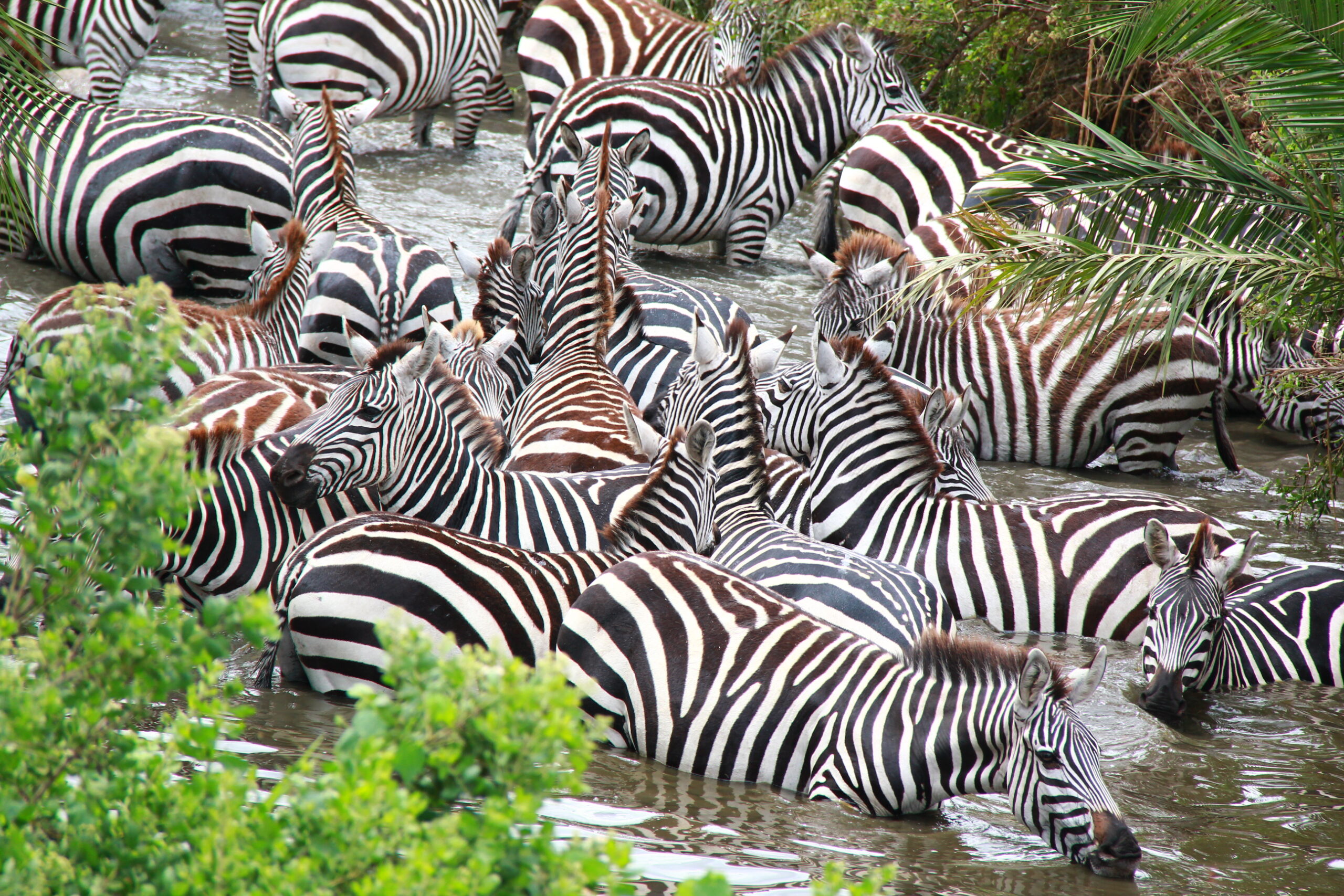
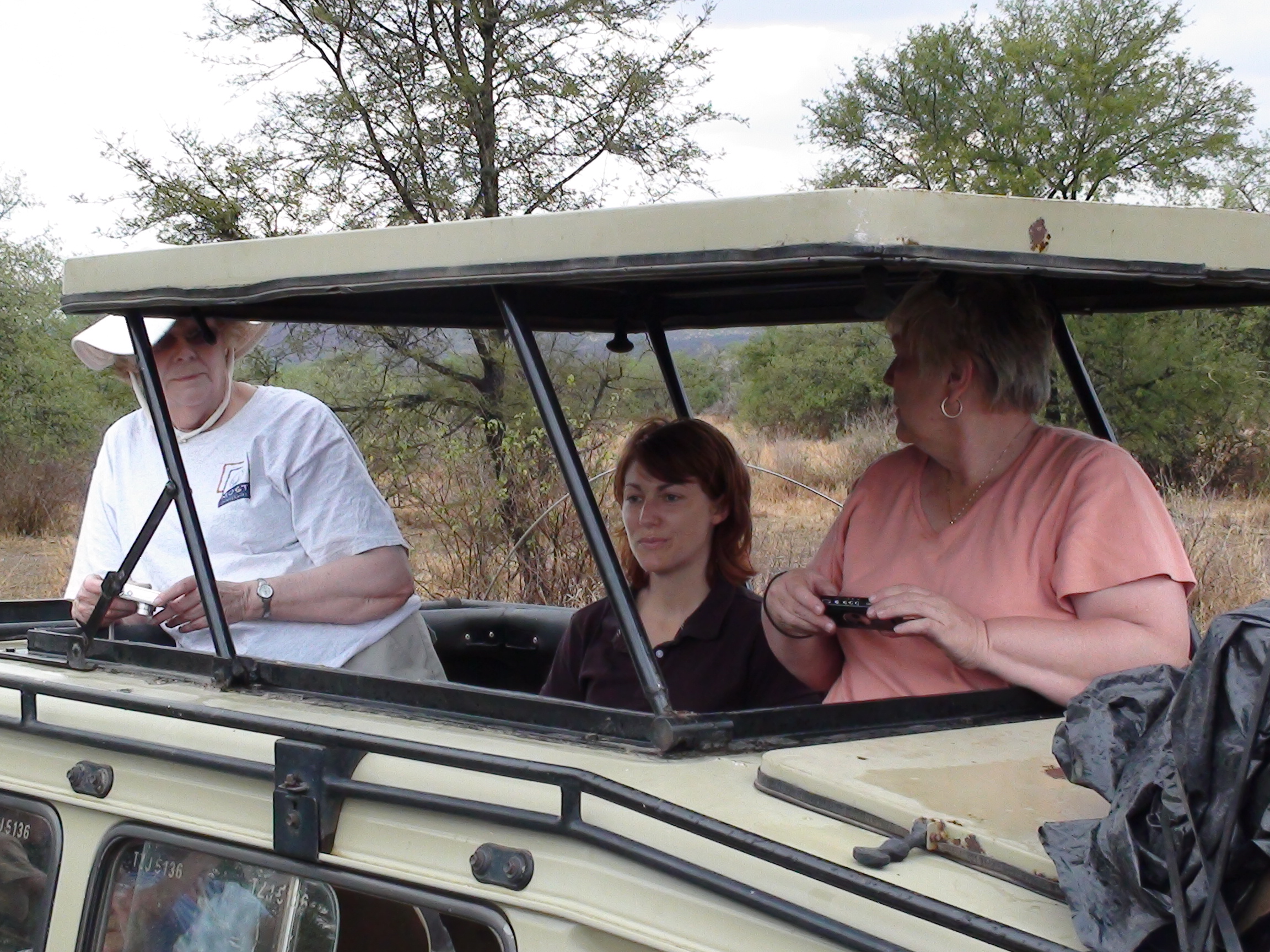
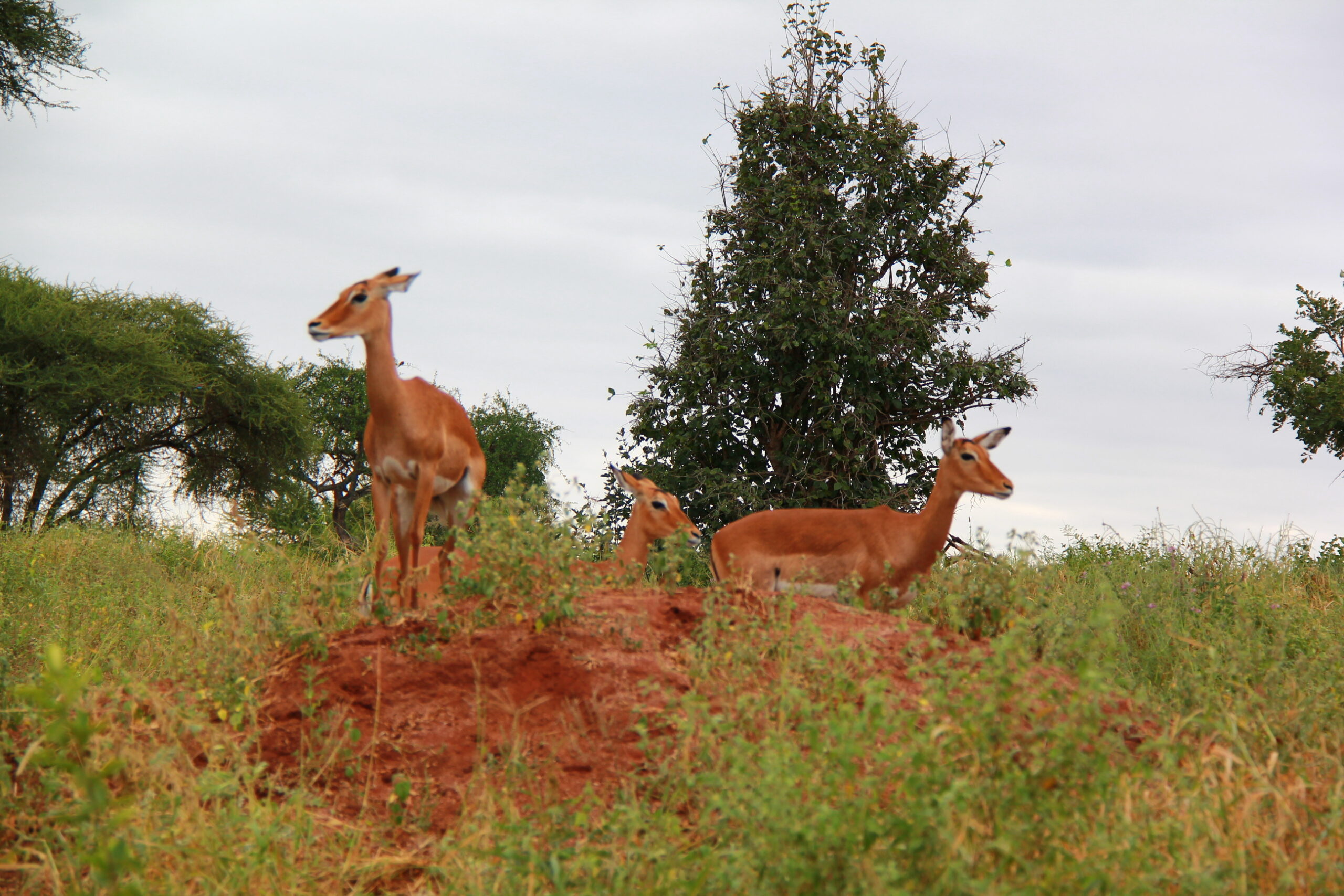
Trusted by:


